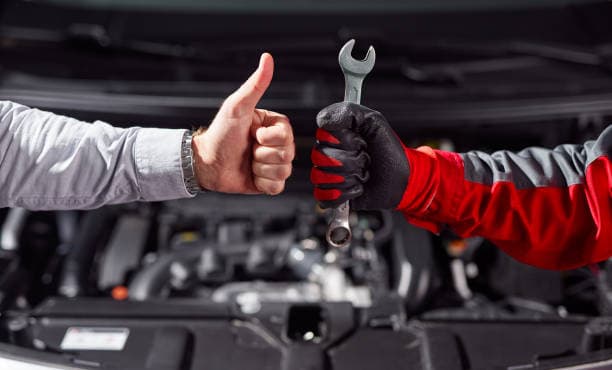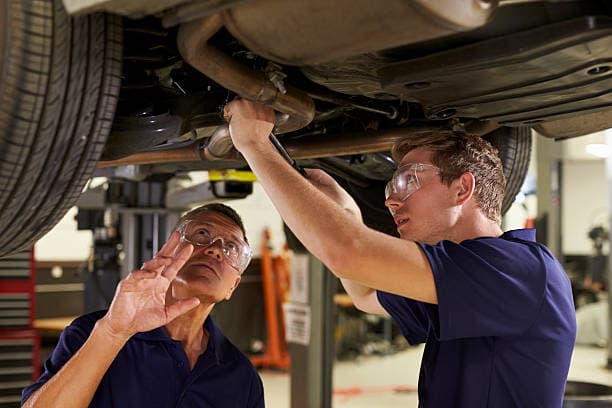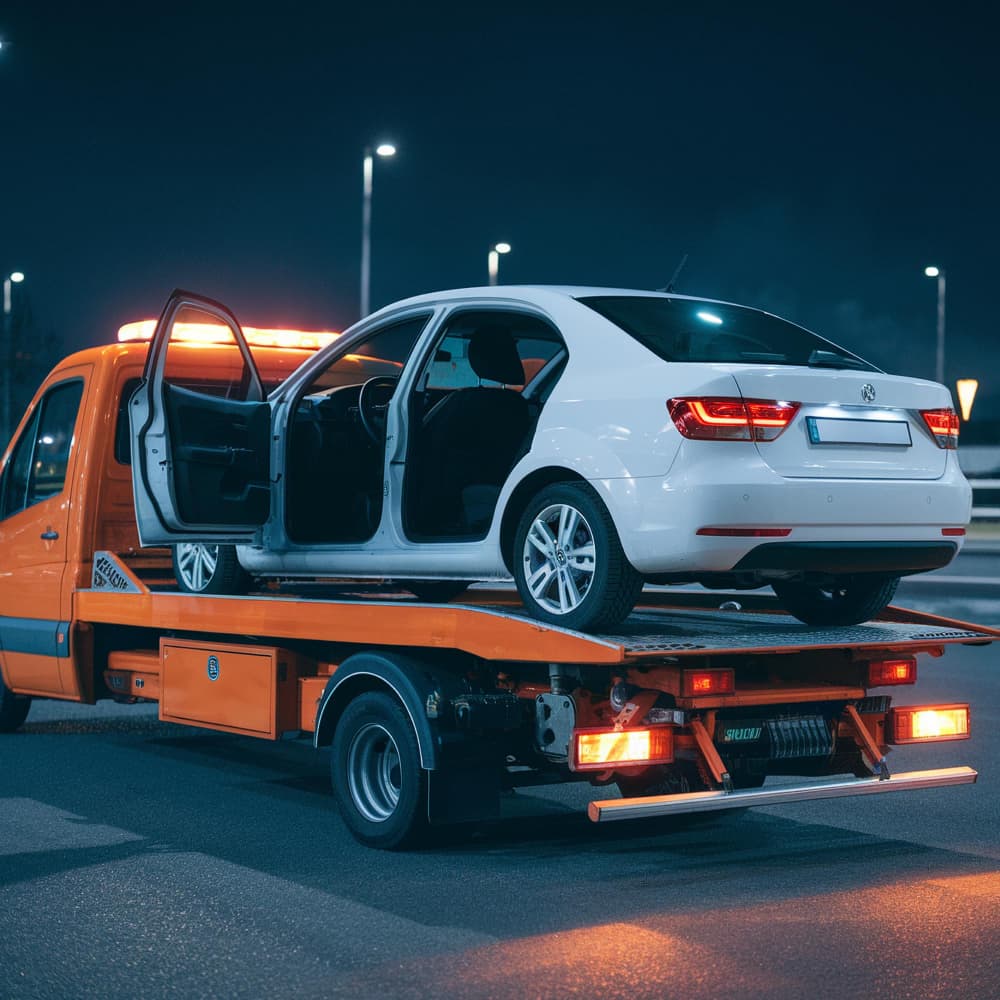Owning a car is more than just enjoying the freedom of the open road—it’s also about responsibility. A well-maintained vehicle not only ensures safety but also extends its lifespan, improves fuel efficiency, and saves you money on costly repairs. Neglecting maintenance may cause your car to wear out faster, leading to breakdowns and expensive fixes. This comprehensive Car Maintenance Guide will cover essential tips and practices that every driver should follow to keep their car running smoothly for years to come.
Why Car Maintenance Matters
Regular car maintenance is like preventive healthcare for your vehicle. Just as you wouldn’t skip a doctor’s visit when something feels wrong, you shouldn’t ignore small issues with your car. Proper maintenance:
- Extends the life of your engine and transmission.
- Prevents sudden breakdowns and roadside emergencies.
- Improves safety by ensuring brakes, tires, and steering function properly.
- Increases fuel efficiency and reduces running costs.
- Maintains resale value when you decide to sell or trade in your car.
By following a structured maintenance routine, you’ll save time, money, and stress.
1. Stick to Your Car’s Maintenance Schedule
Every car comes with a manufacturer’s maintenance schedule, usually found in the owner’s manual. This schedule is designed to keep your car in top condition and prevent premature wear. Common intervals include 5,000 to 10,000 miles for oil changes, 15,000 miles for air filters, and 30,000 to 60,000 miles for major services like timing belts or transmission fluid changes.
Tip: If you’ve misplaced your manual, most car manufacturers offer digital copies online.
2. Regular Oil and Filter Changes
Oil is the lifeblood of your engine. It lubricates moving parts, reduces friction, and prevents overheating. Over time, oil breaks down and becomes dirty, which can cause engine damage.
- Conventional oil typically needs to be changed every 3,000–5,000 miles.
- Synthetic oil lasts longer, often up to 7,500–10,000 miles.
- Don’t forget the oil filter—it keeps contaminants from circulating inside the engine.
Pro Tip: Always check your oil level monthly. Low oil can lead to engine failure, one of the costliest repairs.
3. Monitor and Maintain Tire Health
Tires are your car’s only contact with the road, so keeping them in good condition is critical. Poor tire maintenance leads to unsafe handling, blowouts, and reduced fuel efficiency.
- Check tire pressure monthly. Underinflated tires cause poor mileage and uneven wear.
- Rotate tires every 5,000–7,000 miles to ensure even tread wear.
- Inspect tread depth. Replace tires when tread reaches 2/32 of an inch or when you notice bald spots.
- Wheel alignment and balancing help prevent uneven wear and improve handling.
Tip: A quick way to check tread depth is the penny test—insert a penny into the tread with Lincoln’s head upside down. If you see his entire head, it’s time to replace your tires.
4. Brake Care and Safety
Brakes are the most important safety system in your vehicle. Ignoring warning signs can result in dangerous situations and expensive repairs.
Signs your brakes need attention:
- Squeaking, grinding, or squealing sounds.
- A soft or spongy brake pedal.
- Vibrations when braking.
- Increased stopping distance.
Routine maintenance includes:
- Checking brake pads every 10,000–15,000 miles.
- Replacing brake fluid every 2–3 years.
- Inspecting brake rotors for wear.
5. Keep Fluids Topped Up
Your car relies on several fluids, each with a specific purpose. Checking and replacing them regularly ensures smooth operation.
- Engine oil: Lubricates the engine.
- Coolant/antifreeze: Prevents overheating and protects against freezing.
- Brake fluid: Ensures responsive braking.
- Transmission fluid: Keeps gears shifting smoothly.
- Power steering fluid: Maintains easy steering.
- Windshield washer fluid: Keeps visibility clear.
Tip: Look under your car occasionally for leaks. A puddle may indicate a fluid problem that needs immediate attention.
6. Replace Air Filters
Air filters protect your engine and cabin from dust, dirt, and allergens.
- Engine air filter: Replace every 15,000–30,000 miles (sooner if you drive in dusty conditions).
- Cabin air filter: Replace every 12,000–15,000 miles to maintain clean airflow inside the car.
Clogged filters strain your engine and reduce fuel efficiency.
7. Take Care of the Battery
A dead battery is one of the most common reasons cars won’t start. Luckily, proper maintenance can prevent sudden failures.
- Inspect battery terminals for corrosion. Clean with baking soda and water if needed.
- Test battery voltage every six months. A healthy battery should measure around 12.6 volts.
- Replace your battery every 3–5 years, depending on usage and climate.
Pro Tip: Extreme cold and heat shorten battery life. If you live in harsh climates, check your battery more frequently.
8. Keep the Cooling System in Check
Your cooling system prevents the engine from overheating. Regular maintenance is crucial, especially in warmer climates.
- Flush and replace coolant every 30,000–50,000 miles.
- Inspect hoses and the radiator for leaks or cracks.
- Ensure the radiator cap is sealing properly.
Overheating can cause catastrophic engine damage, so don’t ignore cooling system issues.
9. Don’t Forget the Belts and Hoses
Belts and hoses may seem minor, but they keep your car’s major systems running.
- Serpentine belt: Powers the alternator, water pump, and AC. Replace every 60,000–100,000 miles.
- Timing belt/chain: Essential for engine function. Replace per manufacturer’s schedule (usually 60,000–100,000 miles).
- Hoses: Carry coolant and fluids. Replace if cracked, brittle, or leaking.
⚠️ A broken timing belt can destroy your engine, so never skip this replacement.
10. Protect the Exterior and Interior
Car maintenance isn’t just mechanical—it’s also about preserving appearance and comfort.
- Wash your car regularly to remove dirt, salt, and grime that can cause rust.
- Wax every 3–6 months to protect paint.
- Clean and vacuum the interior to prevent wear and odors.
- Use sunshades to protect the dashboard from UV damage.
11. Pay Attention to Warning Lights
Modern cars are equipped with dashboard warning lights for a reason. Ignoring them can turn a minor issue into a major repair.
- Check Engine Light: May indicate anything from a loose gas cap to engine trouble.
- Battery Light: Suggests charging problems.
- Oil Pressure Light: Signals low oil or pump failure.
- Temperature Light: Warns of overheating.
Tip: Invest in a simple OBD-II scanner—it allows you to read error codes and understand what’s wrong before visiting a mechanic.
12. Drive Smart to Reduce Wear and Tear
Your driving habits play a huge role in car longevity.
- Avoid aggressive driving (sudden acceleration and hard braking).
- Don’t overload your car—it strains the suspension and engine.
- Warm up the engine before long drives, especially in cold weather.
- Use cruise control on highways to reduce strain on the engine and improve fuel economy.
13. Seasonal Car Maintenance
Your car’s needs change with the seasons.
Winter Tips:
- Check antifreeze levels.
- Install winter tires for better grip.
- Keep an emergency kit with jumper cables, blankets, and a flashlight.
Summer Tips:
- Test the air conditioning system.
- Monitor tire pressure more often (heat increases pressure).
- Check coolant to avoid overheating.
14. Keep Records of Maintenance
Maintaining a service log helps you track when services were completed and when upcoming ones are due. This not only ensures you don’t miss important maintenance but also boosts resale value by showing potential buyers your car has been well cared for.
15. Know When to See a Mechanic
Some tasks, like oil changes and filter replacements, are DIY-friendly. However, for major repairs—such as transmission issues, timing belts, or complex electrical problems—it’s always safer to visit a professional mechanic.
Final Thoughts
A well-maintained car is safer, more reliable, and more enjoyable to drive. By following this Car Maintenance Guide, you’ll extend your vehicle’s life, reduce unexpected breakdowns, and save money in the long run. Remember: small, consistent efforts go a long way toward ensuring your car serves you well for years to come.
Taking care of your car is taking care of your investment. Treat it right, and it will reward you with performance, safety, and longevity.



